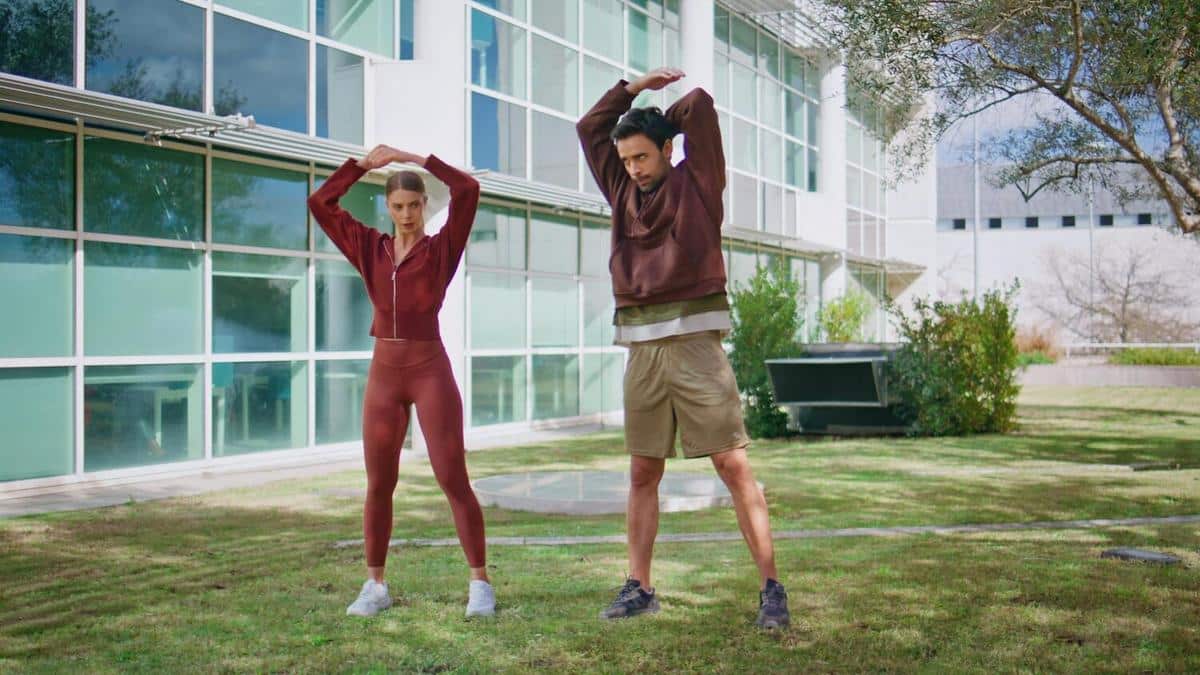
The Benefits of Physical Activity on Student Learning and Concentration
Imagine a classroom where students are not just passive recipients of information but are actively engaged and attentive. This scenario becomes more achievable with the integration of physical activity into daily routines, illustrating the profound impact movement can have on student learning and concentration.
The Connection Between Physical Activity and Learning
Physical activity is not just about enhancing physical health; it plays a significant role in cognitive function and academic performance. According to the Centers for Disease Control and Prevention (CDC), students who engage in regular physical activity tend to have better memory, attention, and processing speed.
Expert Insights
Dr. John Ratey, an associate clinical professor of psychiatry at Harvard Medical School, highlights the brain-boosting benefits of exercise, describing it as ‘Miracle-Gro for the brain’. This analogy underscores how physical activity can enhance neurogenesis, the process of creating new neurons, which is crucial for learning and memory.
Research Findings
| Study | Key Findings |
|---|---|
| University of Illinois | Regular physical activity improves attention, working memory, and cognitive flexibility in children. |
| Journal of Pediatrics | Increased physical fitness correlates with higher academic achievement in math and reading. |
| British Journal of Sports Medicine | A single session of moderate physical activity can improve students’ concentration and memory. |
| CDC Guidelines | Recommends at least 60 minutes of physical activity daily for children and adolescents. |
Anecdotal Evidence
Consider the experience of James, a high school student who struggled with concentration in class. After he started jogging every morning before school, he noticed a significant improvement in his ability to focus and retain information during lessons.
Actionable Tips for Integrating Physical Activity
- Start with small steps: Encourage short breaks during study sessions for stretching or quick exercises.
- Incorporate fun activities: Use games and sports that students enjoy to keep them motivated.
- Promote active commuting: Walking or cycling to school can be a great way to increase daily physical activity.
- Organize group activities: Group exercises can foster a sense of community and make physical activity more enjoyable.
Conclusion
The benefits of physical activity extend beyond physical health, playing a crucial role in enhancing student learning and concentration. By incorporating movement into their daily routines, students can improve their cognitive abilities and academic performance. Schools and parents should work together to create an environment that values and integrates physical activity.
Frequently Asked Questions
What types of physical activities are best for improving concentration?
Activities like aerobic exercises, yoga, and team sports have been shown to improve concentration and cognitive function.
How much physical activity is recommended for students?
The CDC recommends that children and adolescents engage in at least 60 minutes of physical activity each day.
Can physical activity improve mental health as well?
Yes, regular physical activity can reduce symptoms of anxiety and depression, contributing to overall mental well-being.


